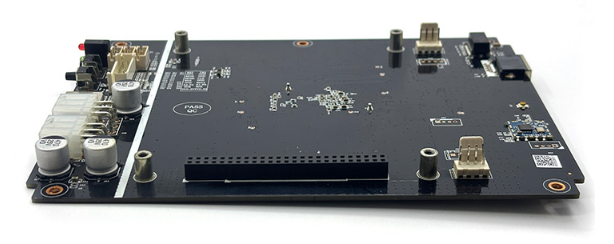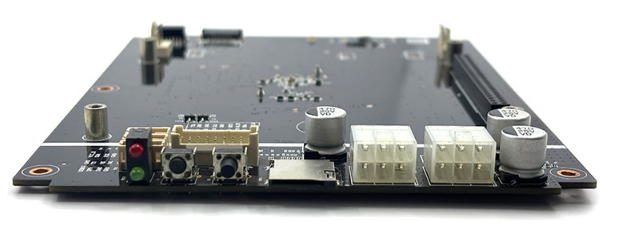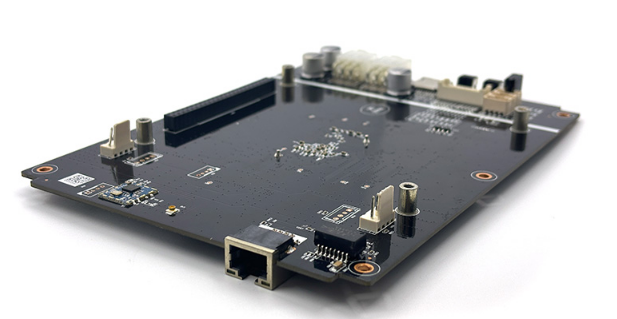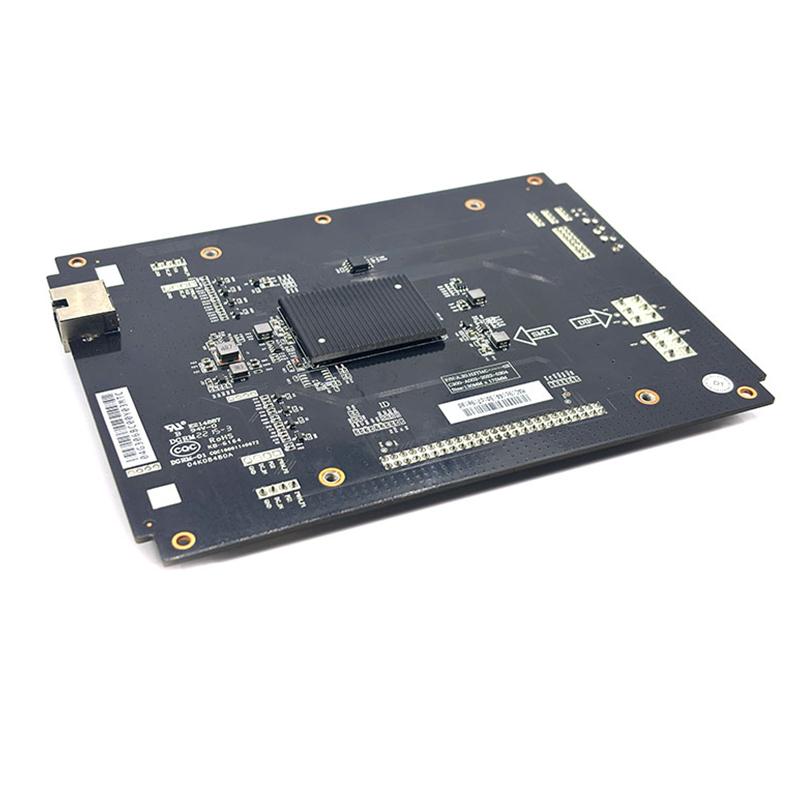How to connect iPollo V1 mini control board to WiFi for mining?
March 23, 2025
How to Connect iPollo V1 Mini Control Board to WiFi for Mining?
Cryptocurrency mining has evolved into a highly specialized industry where every component plays a critical role in ensuring optimal performance and profitability. Among these components, the iPollo V1 mini control board stands out as a pivotal piece of technology designed to enhance mining efficiency, particularly for Ethash-based algorithms like Ethereum. One of its standout features is its WiFi connectivity, which simplifies setup and integration into existing mining operations. In this article, we’ll explore the practical steps to connect the iPollo V1 mini control board to WiFi, while also diving into its key features and advantages that make it a must-have for serious miners.
Introducing the iPollo V1 Mini Control Board
The iPollo V1 mini control board is a sophisticated piece of hardware engineered to serve as the central nervous system of your mining rig. Designed specifically for Ethash algorithm mining, it acts as the bridge between your hash boards and the broader mining network. With a hashrate capability of 280MH/s (±10%) and a memory architecture optimized for Ethereum mining (supporting up to 5.8GB DAG size), this control board ensures your mining operation runs smoothly and efficiently.
Weighing just 0.5 KG, the board is compact yet robust, making it easy to integrate into mining setups without compromising on performance. Its WiFi connectivity feature is particularly noteworthy, as it eliminates the need for cumbersome Ethernet cables, offering flexibility and ease of deployment. Additionally, the board’s 220W (±10%) power consumption strikes an excellent balance between performance and energy efficiency, helping miners reduce operational costs while maintaining high productivity.

Why WiFi Connectivity Matters in Mining
In today’s fast-paced mining environment, WiFi connectivity has become a game-changer for several reasons:

- Flexibility in Deployment: WiFi allows miners to place their rigs in optimal locations without being constrained by the length of Ethernet cables. This is especially useful in large-scale operations where rigs are spread across a facility.
- Simplified Setup: Eliminating the need for physical cables reduces setup time and minimizes potential points of failure, such as loose connections or cable damage.
- Remote Monitoring and Management: WiFi connectivity enables miners to monitor and manage their rigs remotely, ensuring that any issues can be addressed promptly, even from a distance.
- Scalability: As mining operations grow, adding new rigs becomes easier with WiFi, as there’s no need to run additional cables to each new unit.
Given these benefits, the iPollo V1 mini control board’s WiFi feature is a significant advantage for miners looking to streamline their operations.
Step-by-Step Guide to Connecting the iPollo V1 Mini Control Board to WiFi
Connecting the iPollo V1 mini control board to WiFi is a straightforward process. Follow these steps to ensure a seamless setup:
Step 1: Power Up the Control Board
Before attempting to connect to WiFi, ensure that the iPollo V1 mini control board is properly powered and operational. Connect it to your mining rig’s power supply and verify that it boots up correctly.
Step 2: Access the Control Board’s Interface
Most control boards, including the iPollo V1, come with a web-based interface that allows you to configure settings. To access this interface:
- Connect your computer or mobile device to the same local network as the control board (via Ethernet or WiFi).
- Open a web browser and enter the IP address of the control board (this information is usually provided in the user manual or on the manufacturer’s website).
Step 3: Locate the WiFi Settings
Once you’ve accessed the control board’s interface, navigate to the Network Settings or WiFi Configuration section. Here, you’ll find options to enable WiFi and scan for available networks.
Step 4: Select Your WiFi Network
From the list of available networks, select the WiFi network you wish to connect to. Enter the network’s password (if required) and confirm the connection.
Step 5: Verify the Connection
After entering the credentials, the control board will attempt to connect to the selected WiFi network. Once connected, you should see a confirmation message or status indicator in the interface. To ensure the connection is stable, perform a quick test by monitoring the board’s performance and data transmission.
Step 6: Optimize Network Settings
For best results, ensure that your WiFi network is optimized for mining operations:
- Use a dual-band router (2.4GHz and 5GHz) to reduce interference and improve signal strength.
- Place the router in a central location to ensure all rigs receive a strong signal.
- Consider using a mesh WiFi system for large-scale operations to eliminate dead zones.
Advantages of the iPollo V1 Mini Control Board
While WiFi connectivity is a standout feature, the iPollo V1 mini control board offers several other advantages that make it a valuable asset for miners:
1. Data Processing Excellence
The board’s advanced data collection and processing capabilities ensure seamless communication between hash boards. This minimizes data transmission issues, which can lead to revenue loss, and maintains optimal mining efficiency.
2. Optimized Memory Architecture
With a 6.0GB memory configuration and support for up to 5.8GB DAG size, the iPollo V1 is perfectly tailored for Ethereum mining. This future-proof design ensures stability and performance even as the DAG size grows.

3. Consistent Performance
Delivering a stable 280MH/s (±10%) hashrate, the board provides predictable mining capabilities, which are crucial for professional operations aiming to maximize returns.
4. Energy Efficiency
Operating at just 220W (±10%), the board’s advanced power management system helps miners reduce electricity costs without sacrificing performance.
5. Compact and Flexible Design
Weighing only 0.5 KG, the board is lightweight and easy to integrate into various mining setups. Its WiFi connectivity further enhances deployment flexibility.
6. Uninterrupted Operations
Built-in redundancy and reliability features ensure that mining operations continue smoothly, even in the face of potential system issues.

Practical Applications in Mining Operations
The iPollo V1 mini control board’s features translate into tangible benefits for miners. For example:
- Small-Scale Miners: Can easily set up and manage their rigs from home, thanks to the board’s WiFi connectivity and user-friendly interface.
- Large-Scale Operations: Benefit from the board’s scalability and remote monitoring capabilities, allowing for efficient management of multiple rigs.
- Ethereum Miners: Enjoy optimized performance and stability, ensuring consistent returns from their mining efforts.
Conclusion
The iPollo V1 mini control board is a powerful tool for cryptocurrency miners, combining advanced features with practical benefits. Its WiFi connectivity simplifies setup and enhances operational flexibility, while its optimized memory architecture and energy-efficient design ensure peak performance. By following the steps outlined in this guide, you can easily connect the iPollo V1 to your WiFi network and take full advantage of its capabilities.
Whether you’re a small-scale miner or managing a large operation, the iPollo V1 mini control board is a reliable and efficient solution that can help you maximize your mining returns. Embrace the future of mining technology and streamline your operations with this exceptional control board.